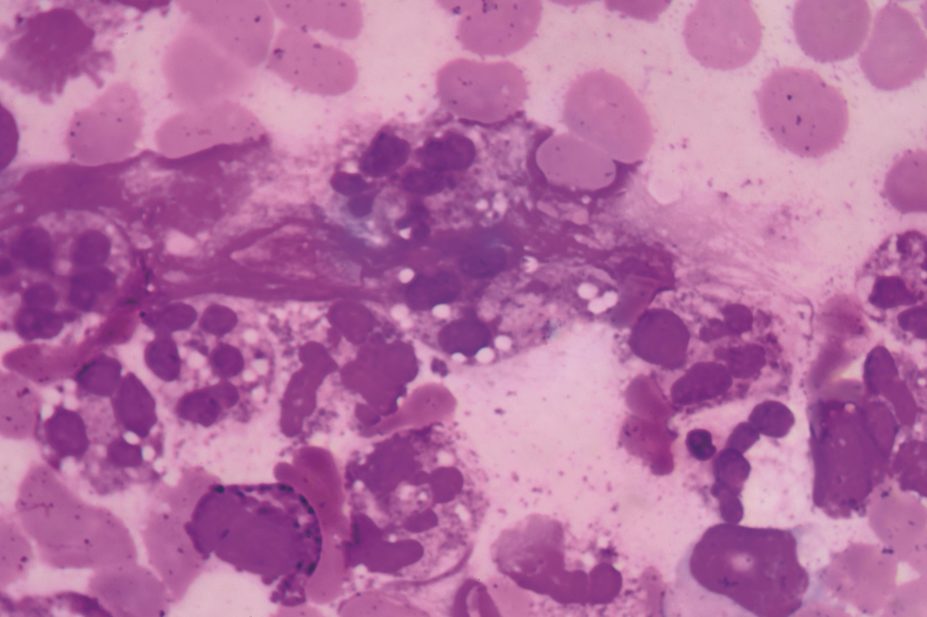
Shutterstock.com
People who show signs of sepsis should be treated with the same degree of urgency as those who have chest pains and who may be at risk of a heart attack, according to a new guideline from the National Institute for Health and Care Excellence (NICE).
The first evidence-based guideline produced for sepsis by NICE recommends that people with suspected sepsis be referred urgently to hospital, usually via ambulance, if they meet high-risk criteria, such as having an altered mental state, raised respiratory and heart rates and a mottled or ashen appearance.
NICE wants health professionals to treat sepsis as a potential medical emergency, according to Saul Faust, professor of paediatric immunology and infectious diseases at the University of Southampton and chair of the NICE guideline development group.
“We want clinicians to start asking ‘could this be sepsis?’ much earlier on so they can rule it out or get people the treatment they need,” he says.
“The thinking should be similar to considering that chest pain could be heart related. Just like most people with chest pain are not having a heart attack, the majority of people with an infection will not have sepsis. But if it isn’t considered then the diagnosis can be missed.”
Frank Joseph, consultant physician and spokesperson for the Royal College of Physicians, says the guidance is “vital” for clinicians working on the front-line of urgent medical care: “It outlines the systematic processes that need to be in place to quickly identify and diagnose sepsis.”
The guideline sets out the signs and symptoms of sepsis in tables, according to a person’s age and where they are being treated. It also makes recommendations on antibiotic treatment, intravenous fluids and use of oxygen and on treatment timescales.


